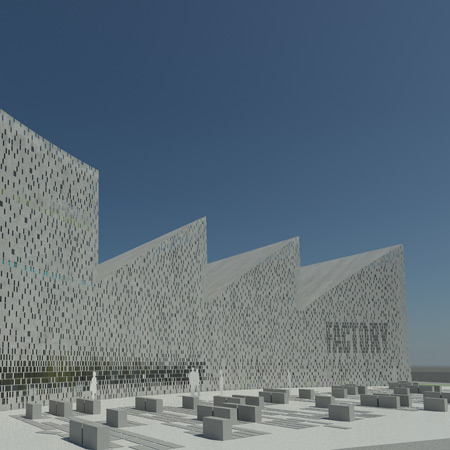
Factory by Marks Barfield Architects
Steven Chilton of London office Marks Barfield Architects has designed a factory-shaped youth centre for the site of the what was once the world's largest car plant at Longbridge in Birmingham, UK.
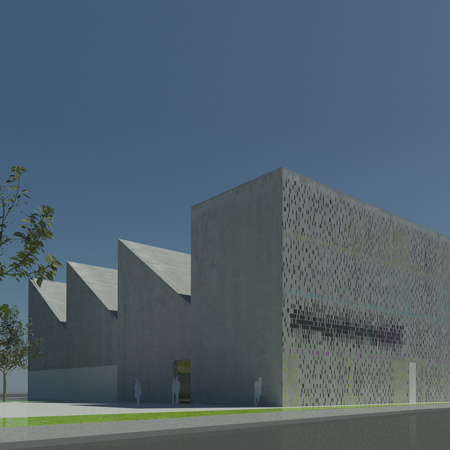
Called Factory, the centre is part of a wide initiative to redevelop the former Rover factory and will incorporate performance space, dance studios, sports facilities, recording studios and a cafe.
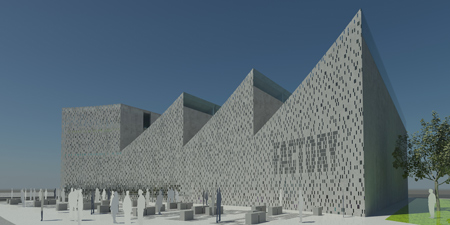
Acrylic blocks will be cast into the fibre-reinforced concrete walls.
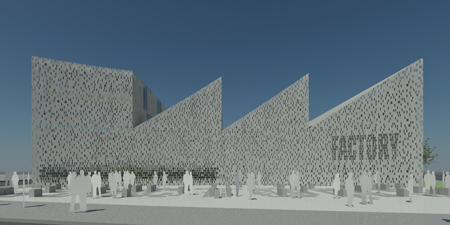
The interior will be clad with plywood and concrete floors on each level will be colour-coded.
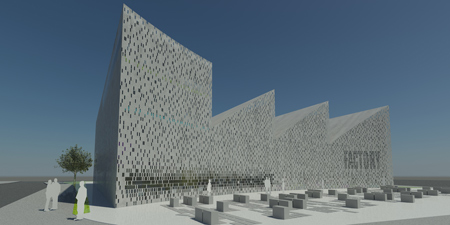
The project is part of the government's MyPlace initiative, which develops leisure facilities for and in partnership with young people.
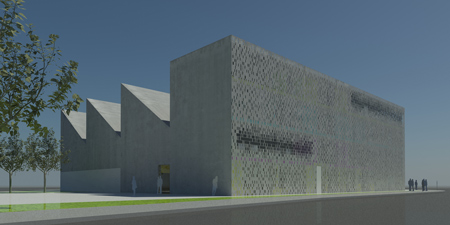
The information that follows is from Marks Barfield Architects:
Factory – A new youth space by Steven Chilton of Marks Barfield Architects
Longbridge in Birmingham, once the site of the largest manufacturing plant in the world, could be transformed into a new place for young people through the MyPlace initiative, a multi-million pound government programme.
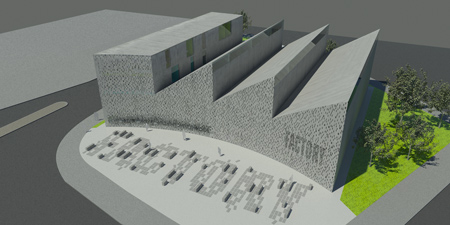
The aim of MyPlace is to design, in partnership with the young people who will use them, world class facilities to help them make the most of their free time and to deliver them throughout the UK.
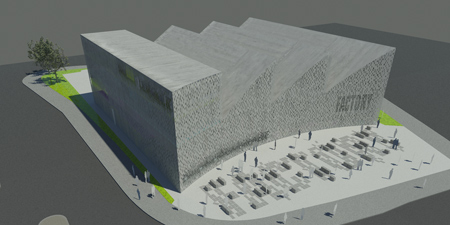
The Factory design concept was developed by Steven Chilton of Marks Barfield Architects (MBA), creators of the London Eye.

Supported by The Sorrell Foundation, MBA worked on the MyPlace bid alongside Pete Dewar and Jonathan Hubbard of international branding consultancy Interbrand. Together, they engaged with a dynamic group of nine local young people aged 13-17 in the Birmingham area who were given the role of the client on the project.
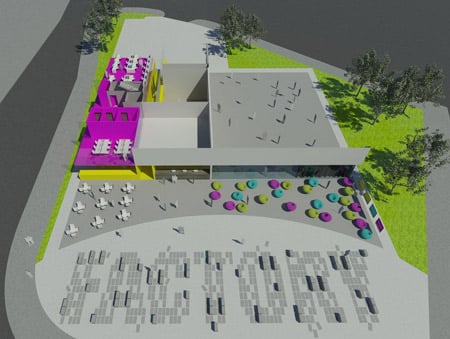
In the course of a series of workshops, inspirational visits and meetings, the ‘client’ identified and agreed the priorities for the architecture and branding of their centre before presenting the final concepts to their bid teams and stakeholders.
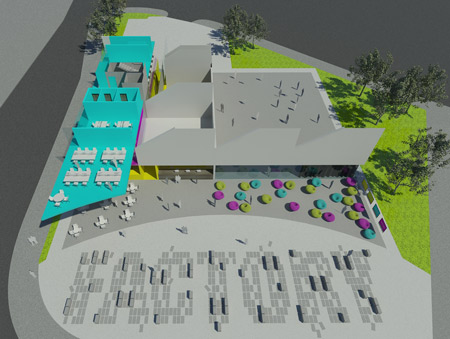
Project Architect and designer Steven Chilton said: “Working on MyPlace with the young people of Longbridge was a truly inspirational experience.
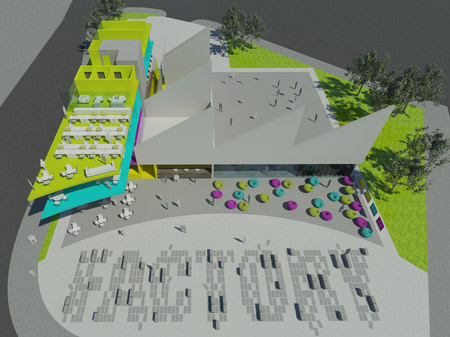
At Longbridge we have created a vision that celebrates their creative spirit whilst recognizing and building upon the iconic achievements of the area’s remarkable manufacturing heritage.”

The history of Longbridge is dominated by its industrial past. It is most notable for the production of cars, perhaps the most celebrated being the iconic Austin Mini.
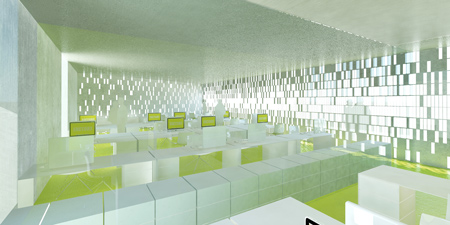
The similarities between manufacturing plants and the client’s aspirations for the building became apparent early on in the development process.
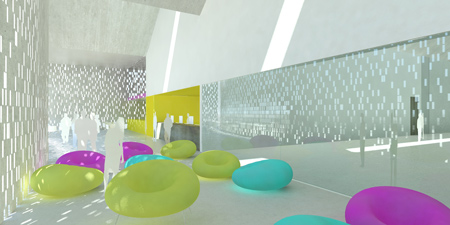
As a result, there was a consensus to develop a concept for the 2000m sq space based around the factory’s historical associations.
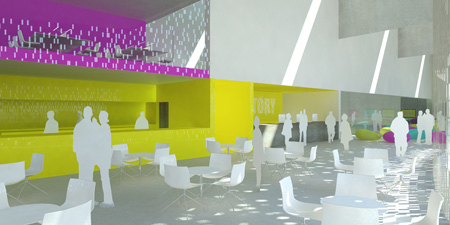
The many design references to the heritage of the site include the window pattern on the main facades which was inspired by an aerial photo of hundreds of newly manufactured Mini cars.
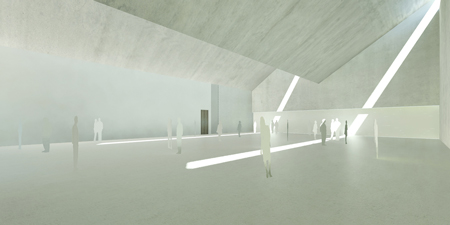
The materials proposed - including concrete floors, colour coded for each level, plywood clad internal walls, exposed services - are hard wearing, utilitarian and have an industrial aesthetic .
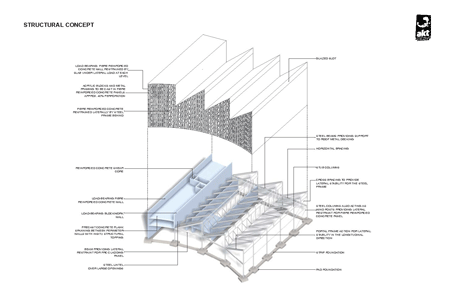
They are also well suited to the facility’s planned uses –performance/sports space, dance, multimedia, café and welfare facilities, recording and TV production studios .
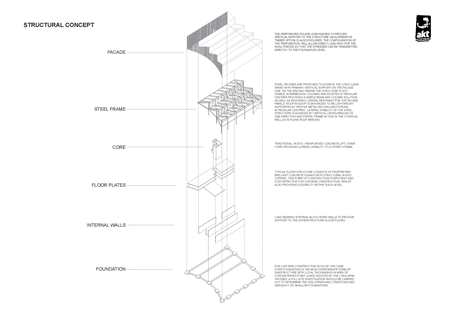
The engineers Adams Kara Taylor have developed an innovative structural solution for the perforated main façade: Acrylic blocks are cast directly into the fibre reinforced concrete wall.
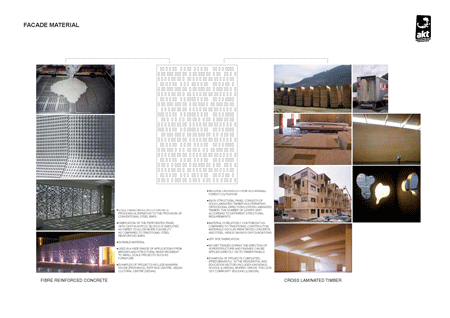
The MyPlace bid team at Birmingham City Council is understood to be going through the tendering process.
